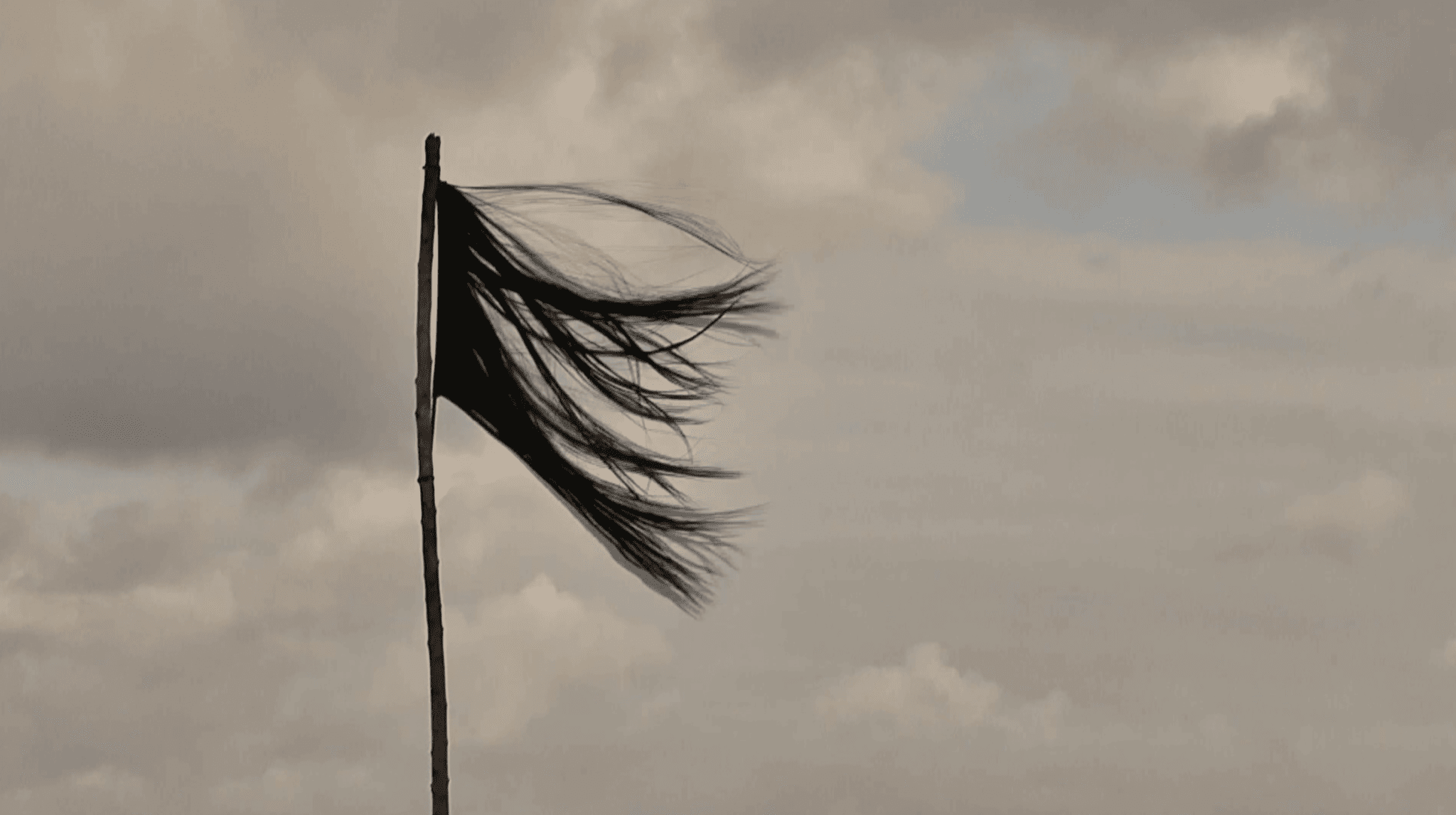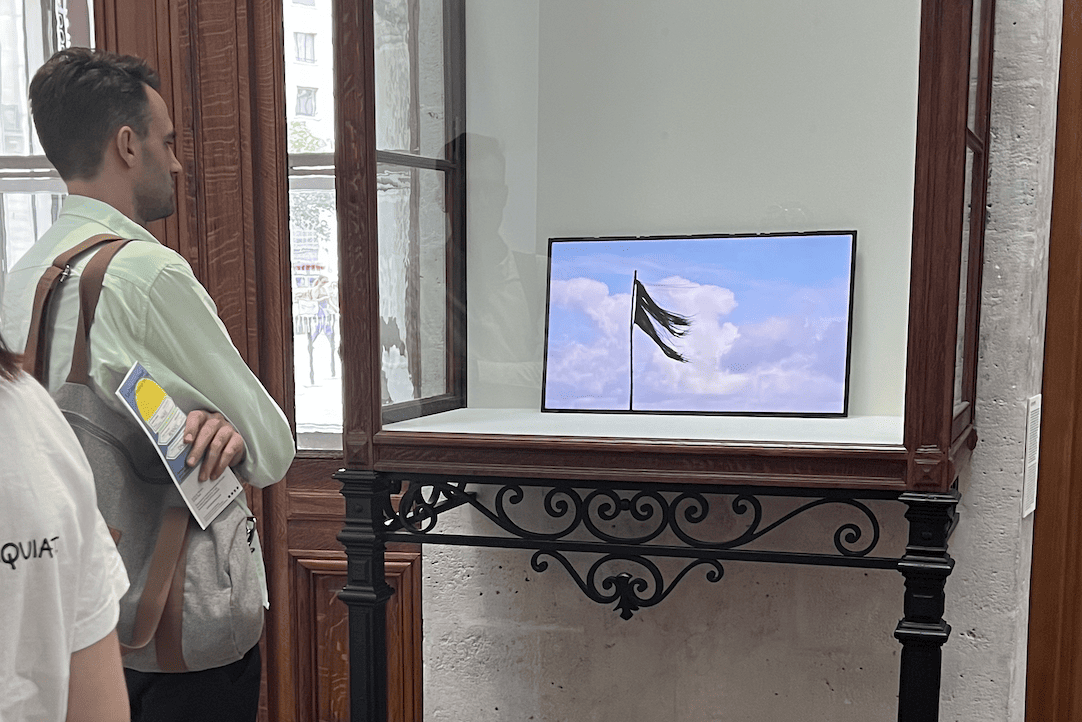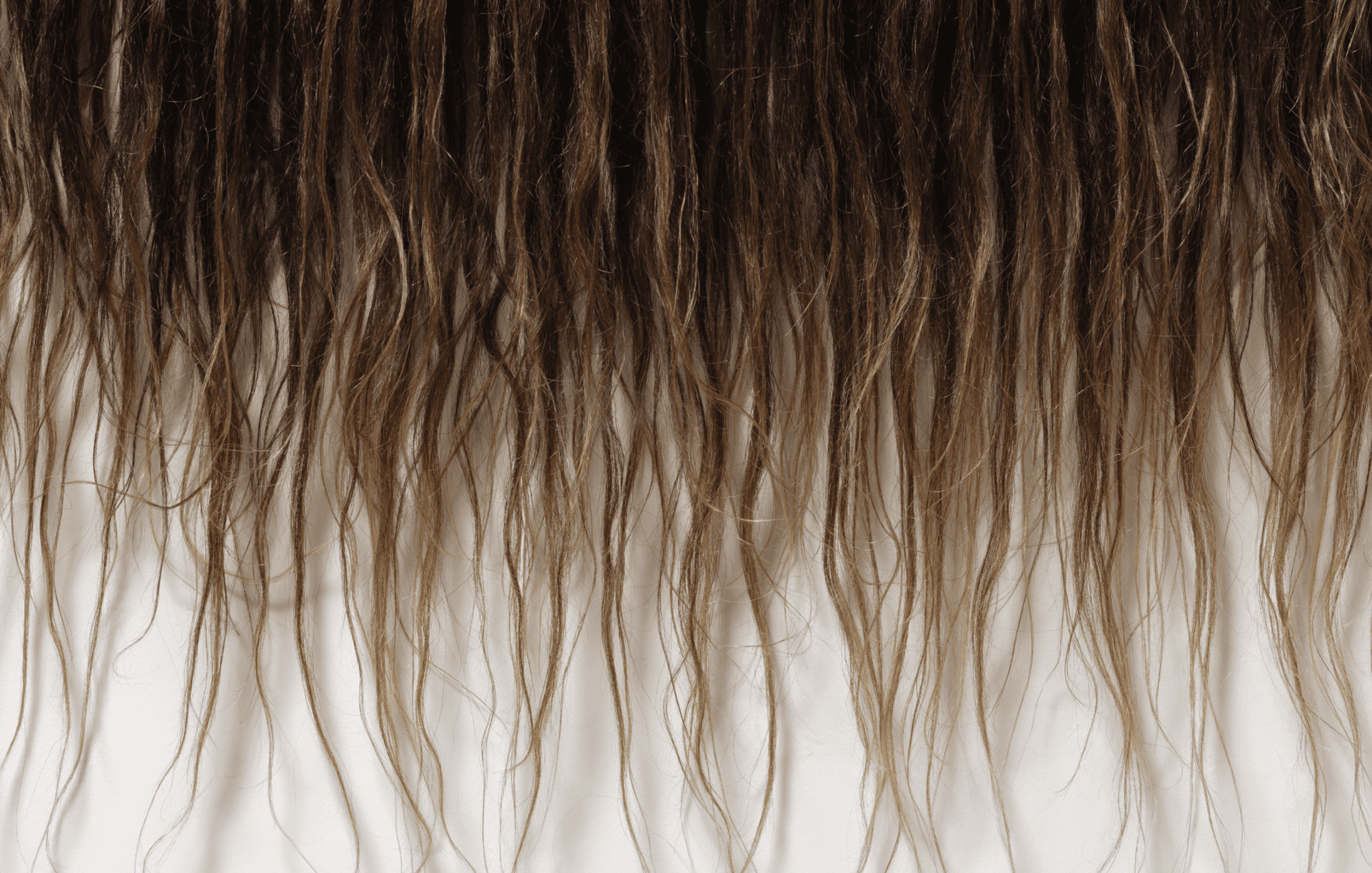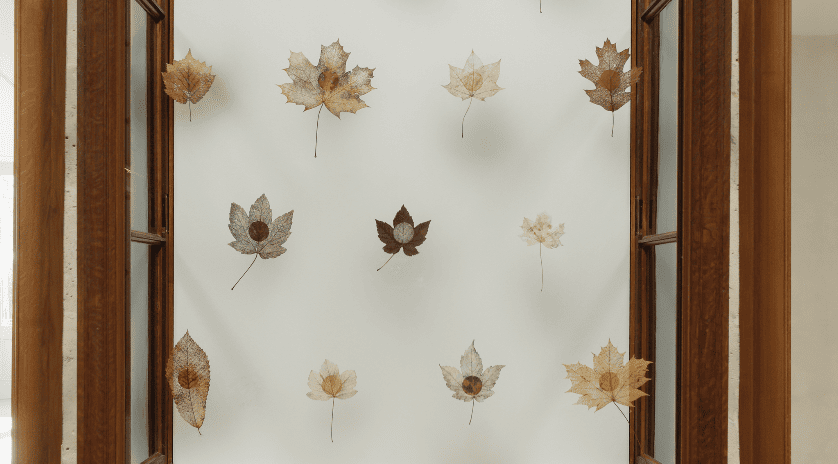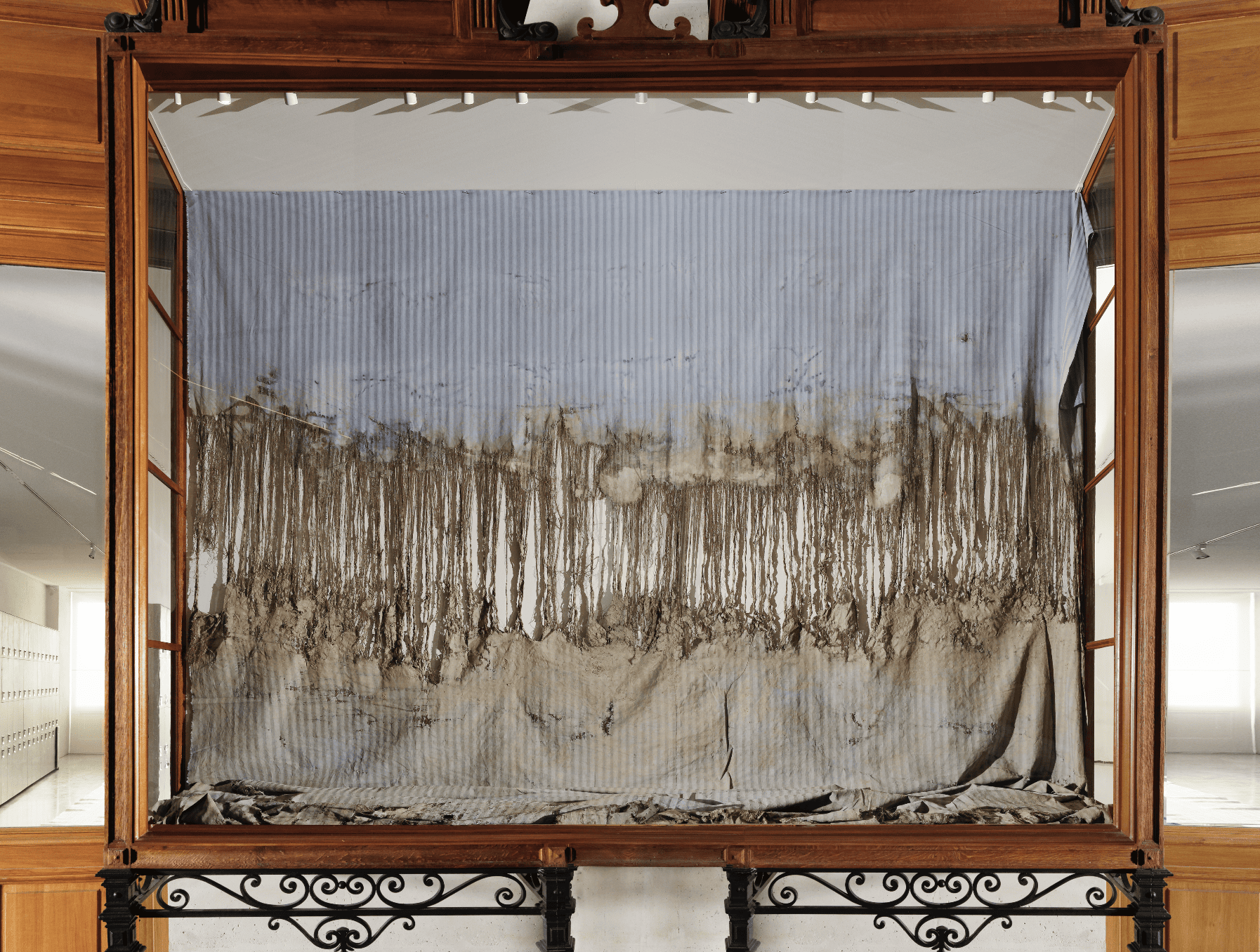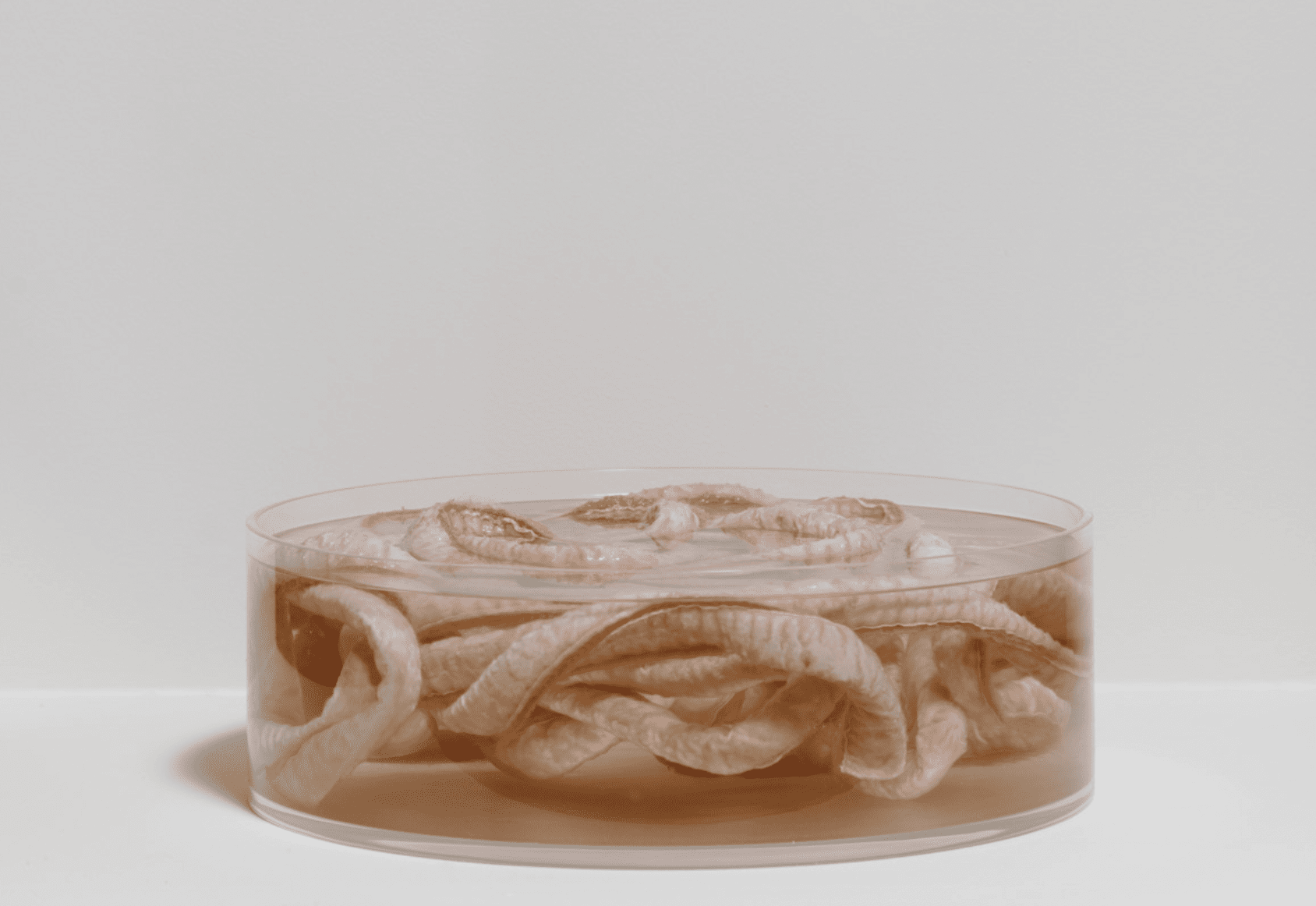The Origin of Things, 2023
Inspired by the tradition of object theatre, Edith Dekyndt has taken over the twenty-four display cases in the Passage of the Bourse de Commerce – Pinault Collection, Paris. The artist views this cycle as an ode to the living materials and fertile objects that she has amassed since the 1970s and kept in her studio. She describes them as still lives, as an act that has temporarily been halted, slowed, calmed down, all the while allowing the work to remain alive and its components, active. Dekyndt is fascinated by the transformation of elements, variations of colours, inflections of light and ultimately by how time acts on things. “I created a connection with the Bourse de Commerce’s large marouflage canvas, but I refrained from adopting too illustrative an approach. I looked for details in objects such as rolls of silk and cotton, jars and all kinds of materials that came from colonised countries. I didn’t want to show ‘things’ as ‘objects’, as in a window display … Most of the display cases that I have composed are alive; each one has an inner life”, the artist has said.
The “display case” is a child of technological progress, the growth in trade, Western prosperity from colonisation and the commercialisation of interactions. It was fabricated first in London and then for Paris’ covered passageways. It became one of the most popular set-ups used at the world’s fairs, and in fact, the ones we see in the Passage were installed when the building was reconfigured from an old market hall to a stock exchange on the occasion of the 1889 Paris World’s Fair. Dekyndt explored this history when she constructed this project around the idea of creating images that represent “an apparition and a resurgence in motion”. Some echo the large painting that adorns the Rotunda. The artist has placed the video Ombre indigène (2014) as the first station along this circular sequence, a work that – at some distance of time and space – recently went viral on social media in the context of the Iranian resistance movement. The screen placed in this display case shows a flag made of black hair flapping in the breeze, which she had planted on Diamond Rock, on the island of Martinique. It was here that, on the night of 8-9 April 1830, a merchant ship smuggling some one hundred African captives ran aground and was totally destroyed. This site is also very close to the tomb of Martinican philosopher Édouard Glissant, who formulated the concepts of tout-monde, or “all world” and “creolisation”.
